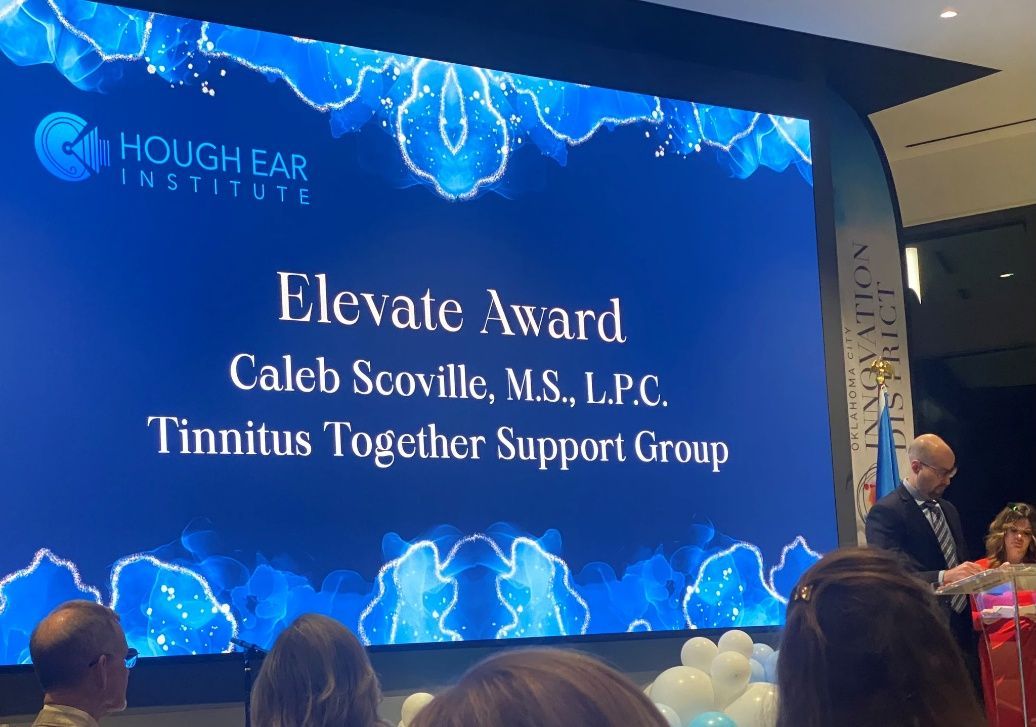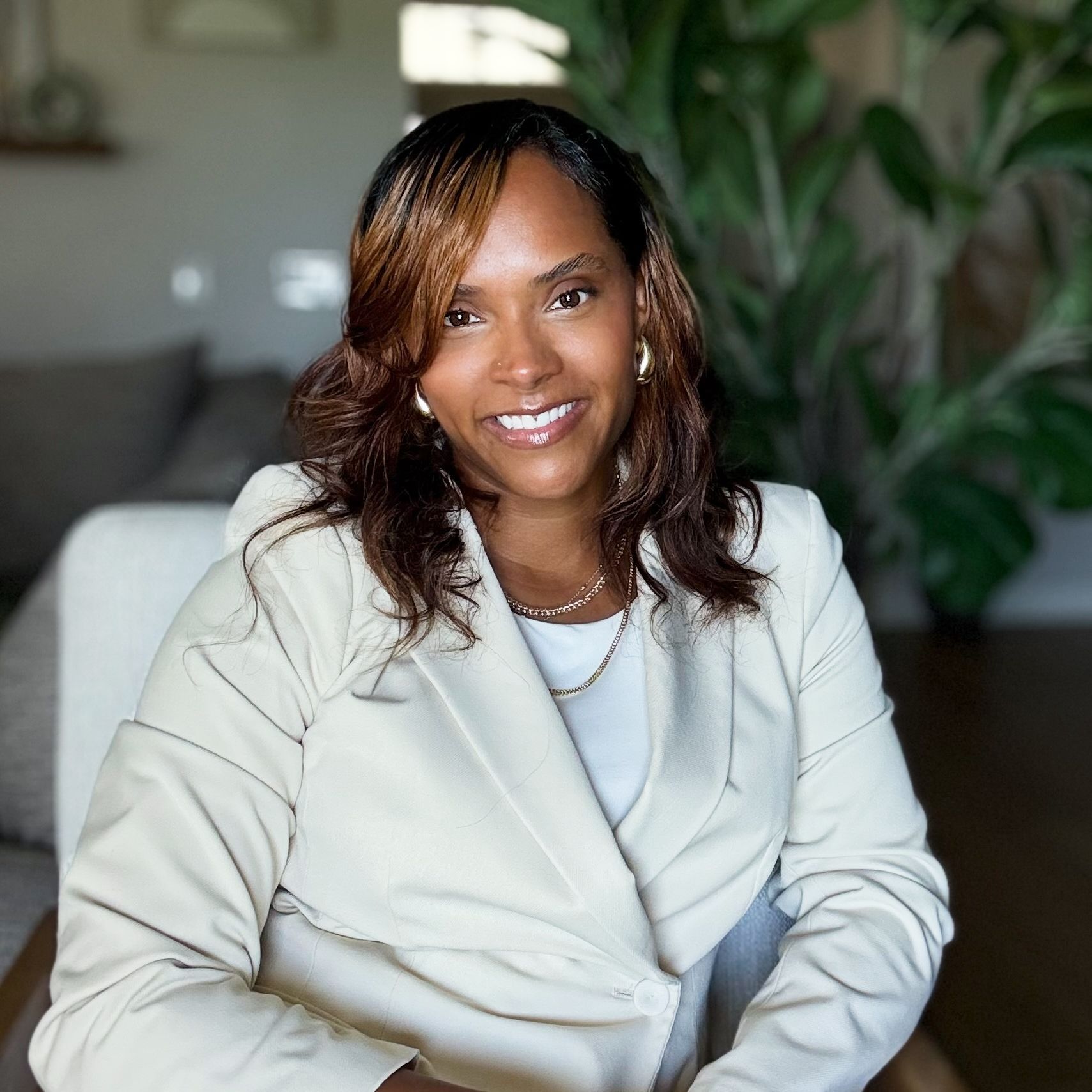Why All the Buzz About Yoga?
By Tiffany Fuller, LMFT
Recently I tweaked my back. Suddenly, simple things that had always been automatic and effortless required the energy and attention I used to reserve for solving complex equations in my high school math class! Who knew it could be so difficult to turn from one side to the other? It became a geometric conundrum involving assessment of angles, evaluation of the three part process required to shift sides and some not so silent groans when I got stuck in the process (kudos to my husband for not booting me out of the bed!). However, after a few trips to the chiropractor and a short sabbatical from my exercise routine, I was ready to get back to life as usual…I was ready for some yoga!
If you’ve been to a grocery store recently, you may have noticed the proliferation of magazines touting the benefits of yoga and mindfulness. Neuroscience research has identified areas of the brain, the medial prefrontal cortex (MPFC) for example, that seem to wake-up with mindful meditation. This part of the brain helps us become aware of and interpret internal physiological sensation. It allows us to integrate the analytical reasoning of the left -brain with the right-brained “wisdom of the body”-our gut feelings, or intuition. This process of interoception is crucial to mental wellness and relational health. Additionally, the MPFC assists in the development of empathy. It helps us imagine another’s world and see from their point of view (Siegel, 2011).
For me, yoga is about connection. It’s about awareness and acceptance of current experience. The word yoga actually means union. It emphasizes a coming together of breath, mindful meditation, and movement. In my 17 years of doing yoga, my focus has shifted. I always enjoyed the movement, but over time I discovered an inner quiet that came when I tuned in to my breath and stayed rooted in the present. I noticed patterns of thought and behavior through yoga, a fixation with the ideal- the proper form, the perfect pose. Sometimes I ignored my body’s signals and pushed too hard. For example, I remember staying up all night with my sick toddler. The next day I was exhausted. Instead of resting, I powered through an evening yoga class. It was a process, for me, of learning to listen and respond… to acknowledge what is and adjust, to stop charging full speed ahead.
Yoga is like a mirror. It reflects ways of being that often go unobserved. It creates space to slow down and notice without judgment or self-criticism. It helps direct and sustain attention. Learning to slow and deepen the breath enables the body to shift from fight or flight to repair and relax mode. Heart rate decreases, digestion improves and muscles relax as the parasympathetic nervous system engages. Mind and body become synchronized.
Yoga has helped me let go of the “should’s and ought’s” that steal joy. It has been a gentle introduction to stewarding my internal resources well. This stewardship manifests in greater awareness of experience, both mine and others’ and in recognizing where I have a choice and taking action.I connect more quickly to the quiet place within that knows, truly, all is well with my soul.
Yoga enriches my relationship with God. I am more aware of God’s presence around me, within me-as near to me as my breath. Breathing becomes a meditation and an expression of gratitude. When I dial down and tune in, the still small voice of God is easier to hear. I sense Him remind me that He is more constant than my breath. He sustains and supports me. I exhale as He reminds me to let go of what is stale or unnecessary. I inhale His life, His assurance that everything I need is right here and now. As I breathe, the truth that nothing can separate me from the love of God permeates my awareness and centers me in peace.
Please go to our "News" Section on our website at
www.tlccok.com
to find out when Tiffany is offering her next group on mindfulness, yoga and mental health.
References :
Bussing, A., et al., “Effects of Yoga on Mental and Physical Health: A Short
Summary of Reviews,” Evidence based Complementary and Alternative
Medicine: eCAM 2012.
Siegel, D.J. (2011).Mindsight. New York: Bantam.
Van der Kolk, B.A. (2014). The Body Keeps the Score. New York: Viking.
B. Van der Kolk, et al., “Yoga as an Adjunctive Treatment for Posttraumatic Stress Disorder: A Randomized Controlled Trial,” J Clinical Psychiatry 2014;
75(00):e000-e000.







